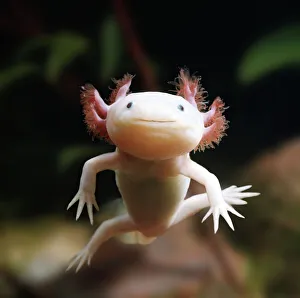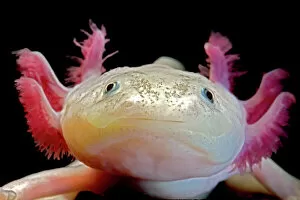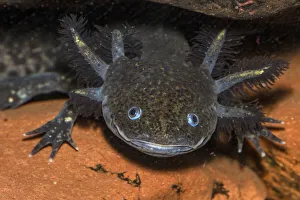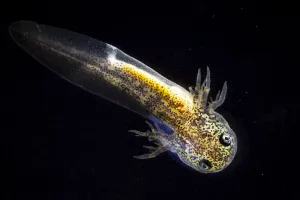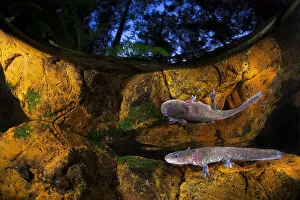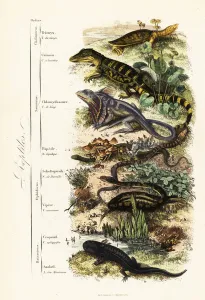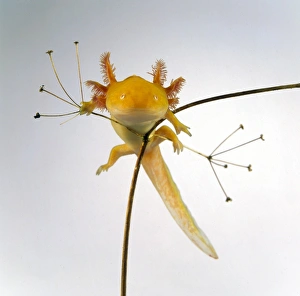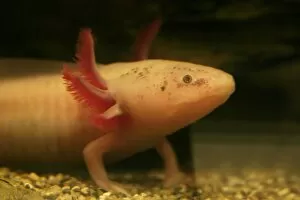Ambystoma Mexicanum Collection
The Axolotl, scientifically known as Ambystoma mexicanum, is a captivating creature that has captured the hearts of many
All Professionally Made to Order for Quick Shipping
The Axolotl, scientifically known as Ambystoma mexicanum, is a captivating creature that has captured the hearts of many. This albino variant of the Axolotl, also referred to as Siredon or Ambystoma mexicanum albino, is a neotenic salamander found in captivity. Its white or leucistic form adds to its unique charm. Originating from Mexico, this critically endangered species showcases stunning artwork in nature itself. With its backlit appearance revealing intricate details of its gills, it truly mesmerizes observers. In addition to this, witnessing an Axolotl swimming in a pond at night creates a picturesque reflection on the water's surface. Under microscopic observation, newborn Axolotls showcase their external gills and distinct features such as their tail and two projections on both sides of their head. These tiny creatures are native to Mexico and hold immense importance within their ecosystem. Silhouetted against towering trees in Sierra de Manantlan forest streams lies another enchanting sight - an Axolotl gracefully swimming through woodland waters. It shares this habitat with other vulnerable reptiles like the Two-toed amphiuma (Amphiuma means) and spectacled caiman (Caiman crocodilus). Amongst various orders of reptiles resides the Mexican salamander larva or Axolotl itself - a true marvel dating back to the 20th century as depicted by artist CM Dixon. This depiction highlights its significance throughout history. As we explore these diverse species within our natural world, let us remember the importance of conservation efforts for vulnerable creatures like the Indian softshell turtle (Nilssonia gangetica), frilled-necked lizard (Chlamydosaurus kingii), common scaly foot (Pygopus lepidopudus), European glass lizard (Pseudopus apodus), and most importantly, the critically endangered Axolotl or Mexican walking fish (Ambyst

